Last Updated on November 22, 2025 by Emma Fajcz | Published: June 4, 2020
One of the best parts of traveling is experiencing the culture through food, and in many cases, eating out can be the highlight of your trip.
But how are you supposed to eat like a local if you don’t understand how to order off the menu?
While understanding how to read an Italian menu can be challenging, we’re breaking it down into sections so you know exactly how to order an amazing meal while dining out in Italy.
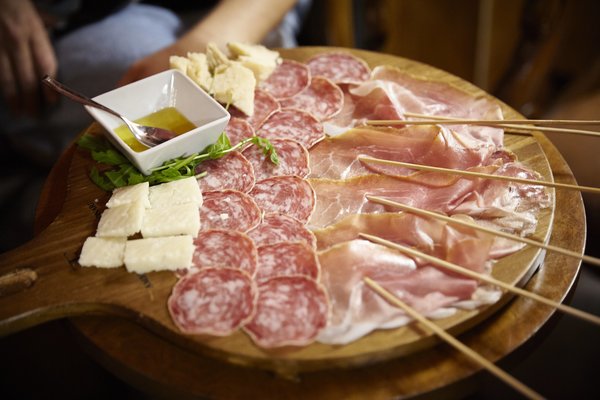
Let the menu be your roadmap
Italian menus are broken down into sections, loosely in the order that you’d eat the dishes in. It’s not required to order something from each section on the menu, but on the whole, Italians will usually order more than one dish when eating out for lunch or dinner.
Pasta is the most typical option for lunch, especially on the weekends, so you’ll find us ordering pasta courses and maybe splitting a meat course for lunch. For dinner, we may order appetizers and a meat or fish dish before moving on to dessert. It’s common to split food with people at your table, but usually this applies to antipasti or second courses, rather than splitting a pasta dish.
All this said, the world’s your oyster when it comes to eating out in Italy, so get what you want and leave the rest.
How to read an Italian menu: important words to know
Antipasti
Directly translated to “before the meal,” antipasti are appetizers that most Italians order to start off their lunch or dinner. They can range from hot dishes like fried supplì and zucchini flowers to cold options like cured meats and cheeses, and are often split amongst the group.
Primi
The first course is always some sort of carb-based dish and can vary from pasta to rice and even soup. Which ones you find on the menu depend completely on the region of Italy that you’re in. Here in Rome, you can find the usual suspects like carbonara, amatriciana, cacio e pepe and gricia, but most restaurants will also offer the universally enjoyed pasta al pomodoro (pasta with tomato sauce) and aglio, olio e peperoncino (pasta with garlic and hot pepper).
Local’s tip: Remember to hold off on ordering salad or other veggies until your second course. Pasta comes first in Italy, always!
READ MORE: 10 Pasta Dishes to Eat in Rome Before You Die
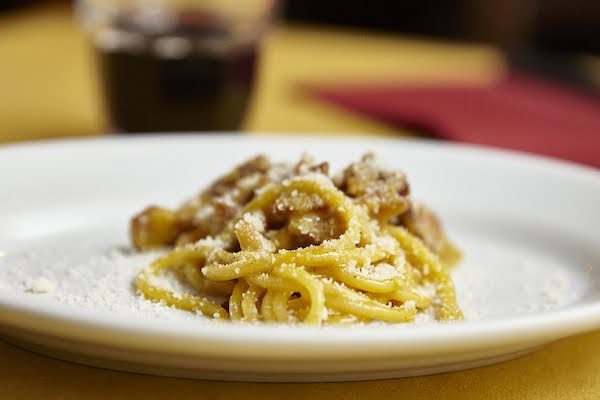
Secondi
The next thing you’ll find on an Italian menu are the secondi piatti, or second-course dishes. Of course you can skip right to the meat dishes if you’re not ordering a first course, but if you did enjoy a plate of pasta, up next would come anything that’s protein-based, like meat or fish, and even vegetarian second courses like parmigiana (eggplant parm).
If you’re eating out with others, feel free to have everyone order what they’d like, even if that means some people are getting first courses and others a second course. What’s important is that each individual orders their dishes in the correct order.
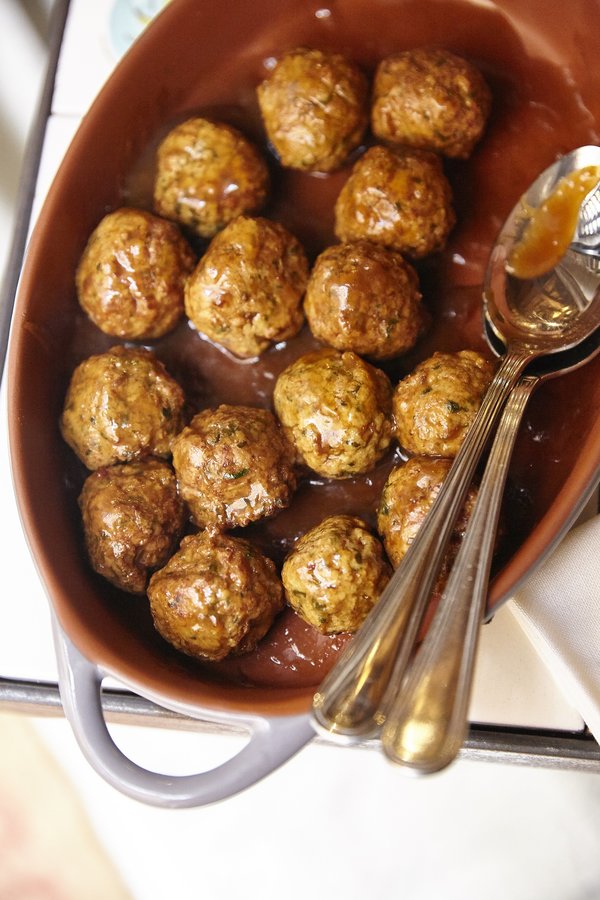
Contorni
Along with your second course (or in place of it) you’ll find the side dishes. These are located after the secondi on the menu, but don’t make the mistake of ignoring them. Main courses in Italian restaurants don’t usually come with sides automatically; it’s up to you to choose what you’d like to accompany your main. Typical options include a simple side salad, sauteed veggies like chicory, broccoli or zucchini, and potatoes (either oven-roasted, mashed or fried).
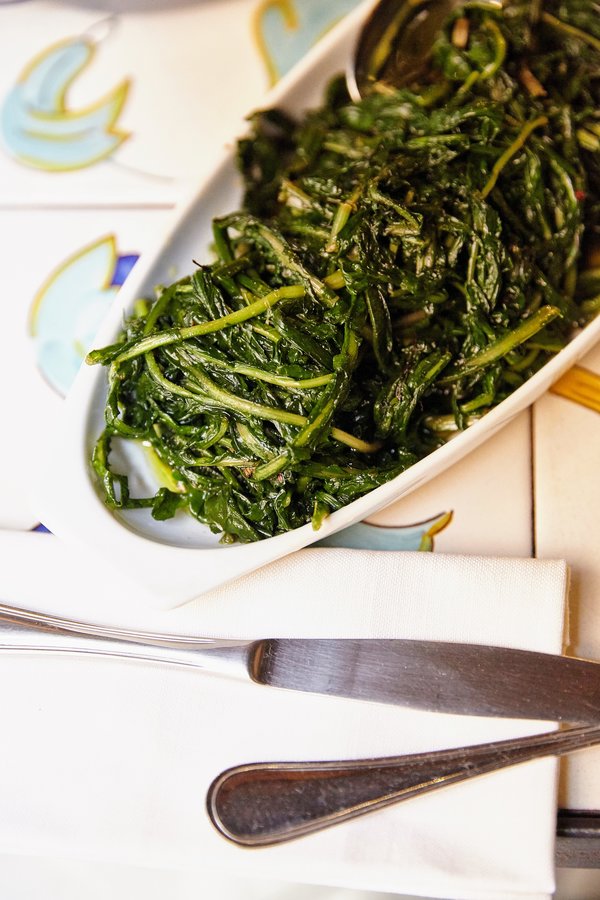
Dolci
Toward the back of the menu, you’ll find arguably the most important section: the dessert list. This may come as a separate menu in some restaurants, and you’ll have to ask your server for it after finishing your savory dishes to consider your dessert options. Portions tend to be smaller in Italy than in the U.S. or other countries, but you might also want to consider splitting a dessert with your dining companion if you’ve indulged in all of the other courses that an Italian restaurant offers.
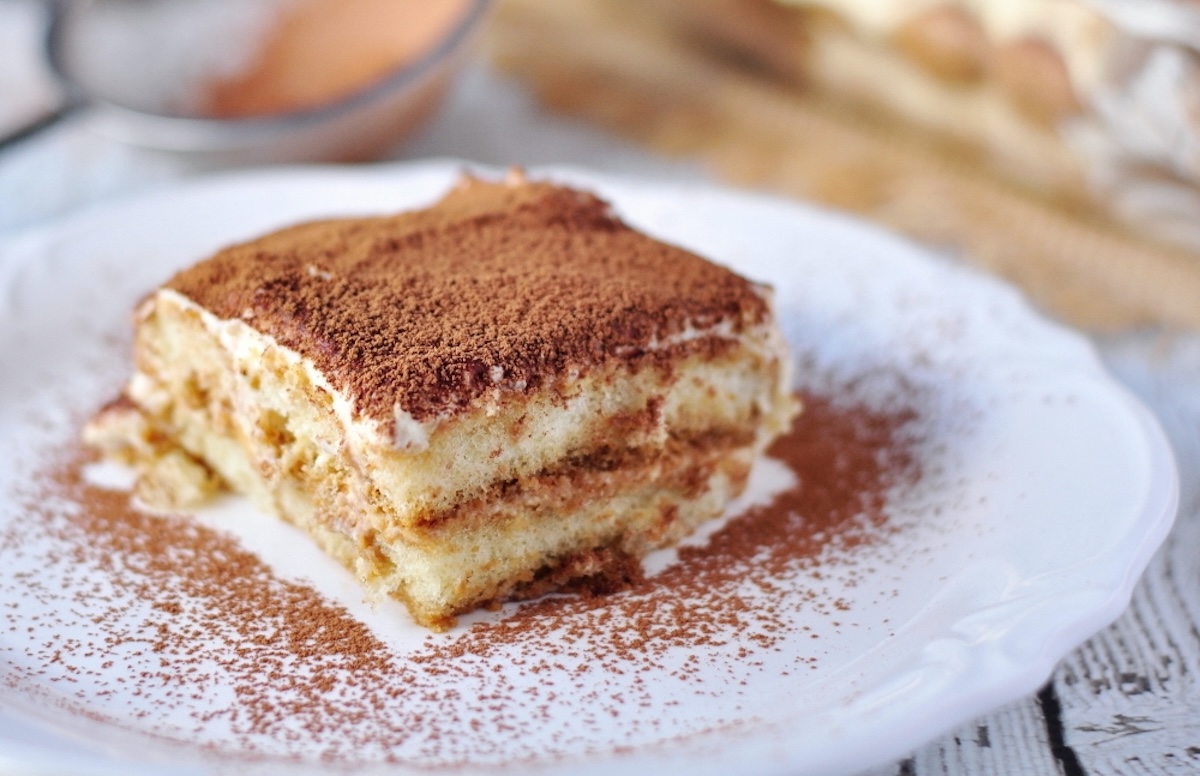
Bevande
The drinks list goes hand-in-hand with the desserts because it’s common to order a digestivo or other liquor along with dessert. If the restaurant has a limited selection of wine and beer, you might also find these here, otherwise they would come in a different drinks menu. Bottled water (the only kind you’ll receive in a restaurant in Italy) and soft drinks can also be found here.
But most importantly for Italians, restaurants will always have coffee on the menu to finish up the meal. It comes after everything else (dessert and liquor included) and is used to help digest the food that came before.
Watch the video below to learn how to read an Italian menu and get some great wine recommendations!
Insider’s tip: Locals will always order espresso after a meal, never a cappuccino or coffee with milk, because milk is believed to impede digestion.

Things to keep in mind when dining out in Italy
You’ll want to check the menu for the cover charge, or coperto, that the restaurant will add to your bill so you know what to expect. This can range from €2 to €4 and is very common. Less common is having a service fee tacked on to your bill, but it may happen in the touristy parts of the city. Make sure that it’s mentioned on the menu somewhere, however, so you know it’s legit and they’re not just adding on an unethical “tourist fee.”
Because of these extra charges, tipping is not expected for the most part when dining out in Italy. But if you enjoyed your meal and service, it is common to round up your bill and leave an extra few euros on the table to show your appreciation.


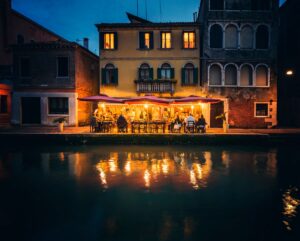






Great content, thanks endeed
Thanks for reading!
Great blog! But could you please explain to Americans that “Ragu” always means a meat sauce? I don’t care what the people who sell the meatless Ragu sauce say, ragu ( like the French ragout) Is a meat sauce.
So true, Ann! This is something we talk about a lot with our guests, and one of those common Italian food myths!
It’s great that you talked about Italian restaurants and how to read their menu. Recently, my wife and I started to try different types of foods. We want to try real Italian food this upcoming weekend, so we’ll be sure to follow your tips when we find a restaurant. Thanks for the advice on how to order Italian dishes from a menu.
Thanks for reading! 🙂
Do most osterias or trattorias offer a simple insalada or house salad? Should I ask or just check the contorni section of the menus. I was in Florence for 3 months and had 3 salads ~ I need more than that! We are going back in a month, just checking. Great article, grazie!
Hi April, you should be able to find simple salads at most restaurants in Rome! Have a wonderful trip 🙂